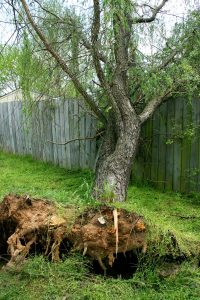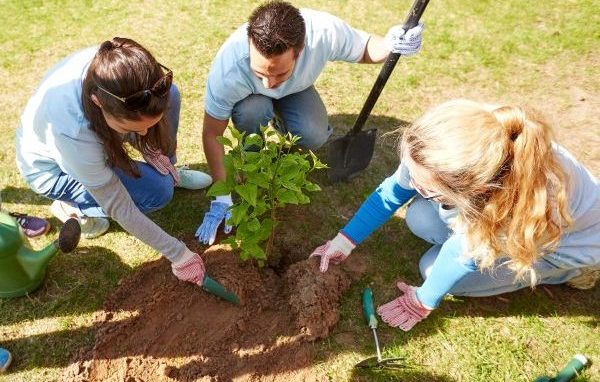Yet however appealing and beneficial, trees can also come with a long list of potential risks. This is especially true for large trees and trees located near important structures, like homes, buildings, power lines, electrical boxes, parking lots, and playgrounds. Continue reading to learn how tree risk is assessed by professionals, and what you can do to identify a tree hazard on your own.
Assessing Tree Risk
A risk assessment procedure can be implemented by a trained arborist or tree service company. Generally, the formal risk assessment process is executed according to the ANSI A300 standards. These are the overall industry-accepted standards for tree work. During this evaluation process, a trained specialist will provide a full-service inspection, detect any deficiencies, and ascertain how likely such defects will cause a tree to perish.
The 3 Levels of Risk Assessment
According to the ANSI A300 standards, there are 3 primary levels of risk assessment for trees. These include initial inspection, ground-level observation, and high-tech diagnostic procedures. During the initial inspection, the specialist will take a look at the tree in person or through pictures. This mostly depends on availability and scheduling.
After this initial inspection takes place, the specialist will make an appointment to come physically observe the tree’s ground-level components, including the soil, root system, and trunk. Based on their findings, the specialist will then arrange for any analytical testing. This phase can include taking soil samples and having them analyzed at a laboratory.
Once the examination is complete, the tree specialist will provide a written report that details the potential tree risks, as well as, the recommendations for improvement to mitigate the identified risks. In most cases, a tree that is found to be a high risk is removed. For trees that possess lower risk levels, tree treatments, soil treatments, and environmental modifications may help to alleviate risk.
Take Responsibility for a Risky Tree
It is important to understand that you alone are liable for a risky tree. A tree specialist is only responsible for assessing the level of risk and recommending the proper resolutions. You are responsible for moving forward with any treatments or modifications necessary to render the tree safe. If you are unsure whether or not your tree is a potential hazard on your property, it is always best to have it inspected by a licensed Fishers tree service specialist to be sure.



